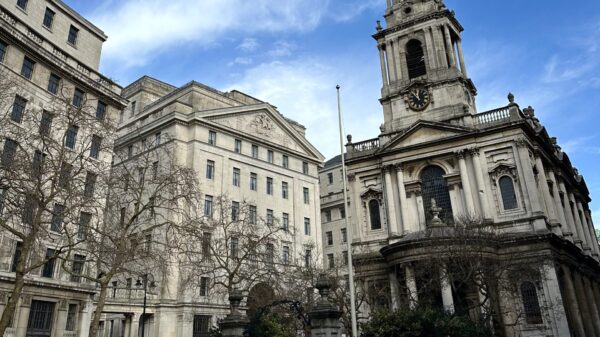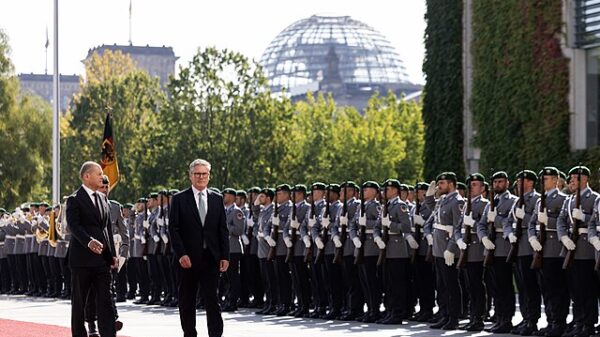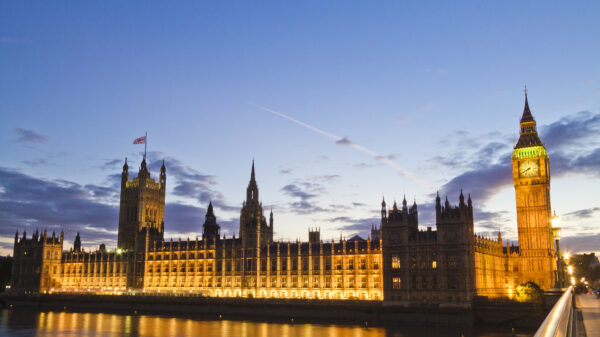Roar writer Gabriel Rinaldi criticises the use of Twitter polls as indicators for the political mood, calling for continued reliance on scientific surveys.
After the #ITVDebate on Monday, where PM Boris Johnson (Conservative Party) faced opposition leader Jeremy Corbyn (Labour Party) in a one-hour-discussion about Brexit, the NHS and the monarchy, the war of words shifted from TV to social media. There, the users discussed who had won the debate. A widespread Twitter poll by ITV journalist Paul Brand revealed 78% for Jeremy Corbyn and 22% for Boris Johnson. The first scientifically collected YouGov data, however, spoke of 51% for Johnson and 49% for Corbyn. How can that be?
Who won the #ITVDebate? Give us your snap verdict!
We’re live on https://t.co/nL3Bl0lTNh bringing you all the reaction from the spin room.
— Paul Brand (@PaulBrandITV) November 19, 2019
We encounter polls often, about everything, and allow ourselves to be influenced by statistics. We underestimate the power of numbers and believe that more is automatically better. While the mentioned scientific study had only 1,600 participants, roughly 30,000 people voted on Twitter. But does that make it more significant? No, quite the reverse! Although some Labour Twitterers referred to the poll and celebrated a clear victory over the Tories, that premise is false.
Almost 30.000 votes on the @ITV poll gave #itvdebate
A resounding #WinForCorbynCompared to ukgov tory owned poll of just 1.500 or so people.
Lol desperate stuff there @YouGov
So #VoteLabour12December ??
— #carersweek #TUSC ???? (@otivar55) November 19, 2019
The number of participants says nothing about the significance of a survey, and anyone who has learned statistics at school knows this. The magic word here is statistical inference. Twitter does not in the least represent the British electorate, but the population of the scientific study does. This is because scientific studies pay attention to a sample that comes very close to the actual population.
For that, interviewees for scientific polls are randomly selected. Every person must have the same chance to be chosen. This is achieved by randomly generating addresses or telephone numbers from computers. In a second step, characteristics such as gender, income or place of residence are weighted in such a way that a distribution similar to that in the real UK is achieved.
It is a fact that Twitter can not do that, and according to Statista figures for 2019, around 14 million Britons use Twitter, which is roughly 20 per cent of the population. Essentially, this means 80 per cent of the population are excluded from Twitter polls. But above all, Twitter polls are not weighted and therefore cannot claim to represent the British population. Users differ from the general population in terms of demographics, political attitudes and – interestingly enough – political behaviour.
Hardly surprising, studies show that a significantly bigger portion of Labour voters use Twitter. A look at the numbers confirms this: While Jeremy Corbyn has 2,2 million followers, Johnson only comes to 1,2 million. Labour has 754k followers, the Tories 439k. This indicates a discrepancy in the group who voted in the Twitter poll, and it cannot claim to be representative for a majority of the British population.
So, Jeremy Corbyn still has a long way to go if he wants to move to Downing Street. Instead of celebrating 78%, his party would do itself a favour to take 49% as a starting point. And in general, social media, election forecasts and polls should be treated with caution. It became evident in the UK and the US in 2016 that it ain’t over till it’s over.














